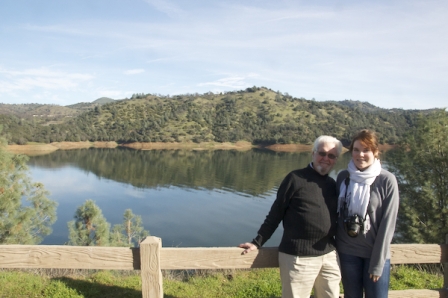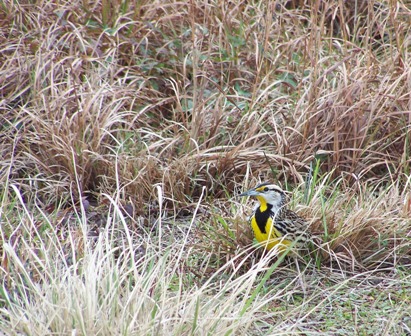When I was a little girl, my grandparents instilled in me the importance of having a reverence for nature. Whether sharing a walk through the woods, a backyard wildlife sighting, bird watching, or teaching me how to identify flowers, visits with my grandparents have never been anything short of an adventure!
My grandparents have always kept a greenhouse and raised gorgeous, native plants. Hours before I would wake when visiting, Grandpa would be out tending the garden—not because he felt obligated, but because he found it to be a rewarding way to connect with the earth. Year after year, a pair of blue jays nested in a tall tree behind their house. Grandma and Grandpa took such joy in watching the pair that they would sometimes offer the birds peanuts from the palms of their hands.
I remember my grandmother explaining the importance of quiet, calm respect in nature. Learning to love and appreciate the beauty and creatures around us was a lesson they shared with my mother, who continues to share it with me.
To ensure that the world has many future generations of nature lovers, it is valuable for parents and grandparents to teach children the value of the great outdoors. This Grandparents Day (Sunday, September 9), there are many ways you can make great memories exploring the natural world with your grandparents or grandchildren:
- Get outside! Nature can be enjoyed everywhere, even in your own backyard. Who’s hiding under that big rock? What kind of leaves do you see on the ground? Are there birds calling?
- Head to a park or your local wildlife sanctuary and take a stroll!
- Better yet, join us for a family program including a Grandparents Day Shorebird Cruise with Joppa Flats in Newburyport.
- Bring along our Summer Nature Bingo card for a fun way to connect with younger kids.
Do you have any great memories of exploring the outdoors with your grandparents? Share your stories in the comments.



